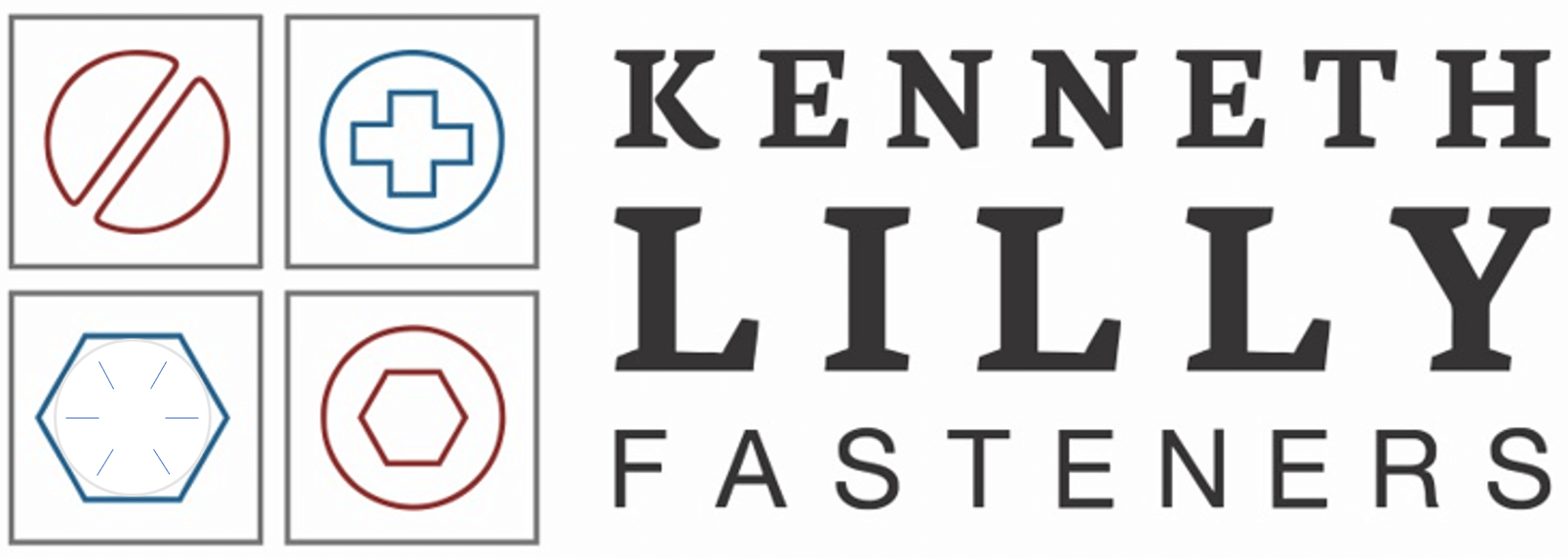Our Fastener Customization Capabilities
- March 31, 2025
- Estimated Read Time: 0 min
Fasteners Cut-to-Length to Meet Your Specific Application Requirements
Our in-house customization capabilities include cutting threaded studs, threaded rod, and bolts to your specific length requirements. Commonly, our customers have specific length requirements for threaded stud assemblies that are not readily available as off-the-shelf products. Let us know your specific needs, and we'll work with you to ensure you have a rapidly deployed solution.
Grinding
We perform in-house grinding to remove excess material from fasteners after they've been cut-to-length. Additionally, this process creates a smooth finish and can shape parts to precise size and tolerances. During grinding, small pieces are shaved off until the right thickness or angle is reached. Our grinding process removes rough spots or edges to ensure there are no issues when your team is in the field installing our fasteners. Different types of grinding exist, such as surface grinding or cylindrical grinding, each designed for a certain shape or purpose. Although it can be slower than other methods, grinding delivers high accuracy and a polished look.
Chamfering
Chamfering is when we cut or file off a sharp corner to make a slanted edge. This prevents cuts or scrapes and helps parts fit together more smoothly. Many industries use chamfering on metal, plastic, or wood. For example, machines may bevel bolt ends or trim corners on metal plates. The size of the chamfer depends on the product’s needs. A small chamfer just takes off the edge, while a larger bevel might be used for a tight fit in assembly. Chamfering improves safety, makes parts easier to handle, and helps them line up during installation.
Plating
Plating adds a thin layer of metal on top of another metal surface. A common way is dipping the part in a liquid bath with metal particles. Then an electric current helps those particles stick to the part. Plating can protect the part from rust, make it stronger, or give it a shiny look. Different metals, like zinc or nickel, are used based on the job. For example, zinc plating fights corrosion, while nickel plating adds hardness.
Let us know if you require a specific plating - from zinc to nickel, and more, we can customize a fastener to suit your needs.
Coating
Coating covers a material (often metal) with paint, powder, or another protective layer. This shields the surface from moisture, chemicals, and wear. Many coatings also add color or a smooth finish. Factories might spray the coating on, dip the parts, or use special equipment that heats powder onto the surface. Good surface prep is important so the coating sticks well. Coatings can be as simple as paint or as complex as PTFE.



